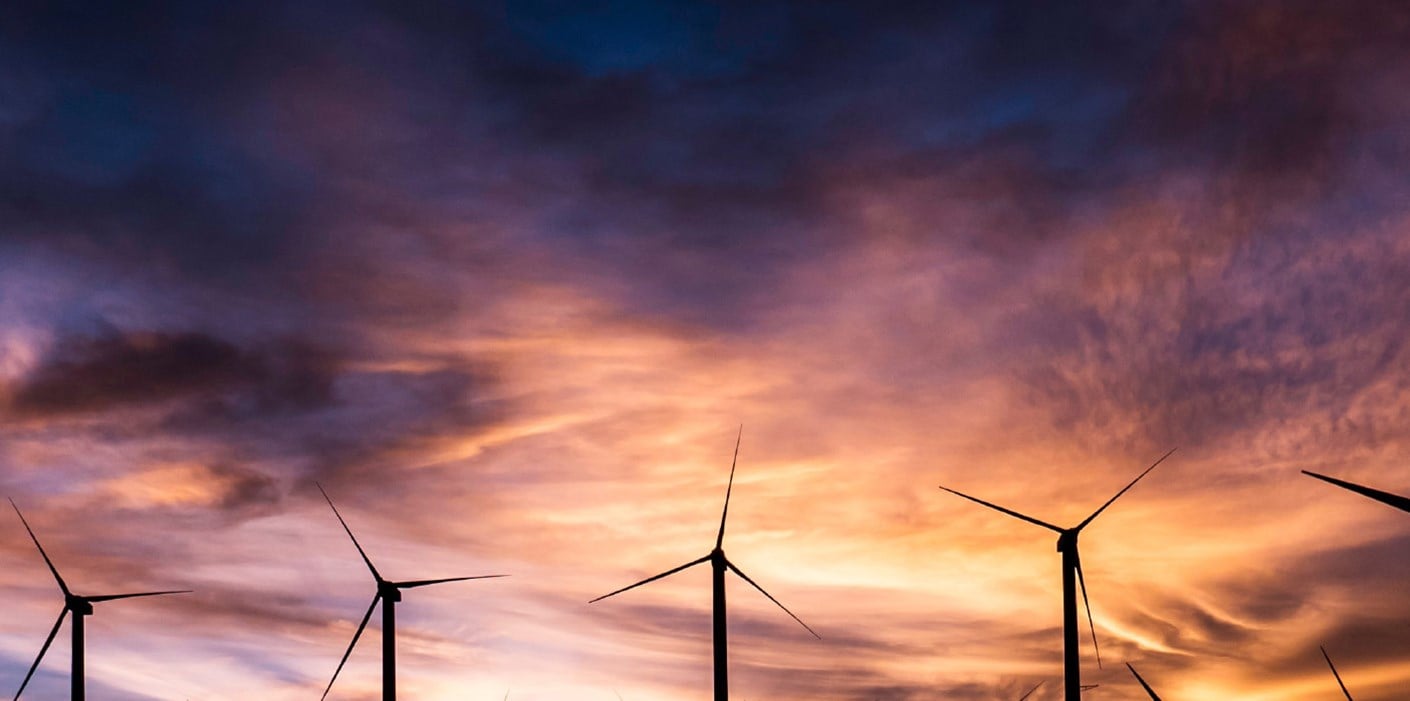2024 was a record year for corporate renewable power purchase agreements (PPAs). Yet we know too that there are significant constraints to Australia’s renewable energy build out with the construction of transmission and distribution infrastructure not keeping pace with demand. So how has total deal size doubled over 2024? What is driving this burgeoning market?
This article explores the driving forces behind Australia’s renewable energy market and delves into the critical factors influencing it future in Australia’s energy mix. Mark Asbjerg, ERM's leading energy markets advisor, answers questions asked about the trends, challenges, and strategies that are shaping the renewable energy landscape in Australia.
Will demand for PPAs continue to outstrip supply? For how long? How are your customers responding to current market signals?
Whilst it was a record year in terms of volume, the picture is skewed by the two PPAs from Rio Tinto which made up more than 2/3 of the total volume contracted. See our Australian Corporate PPA tracker (NEM).
What is clear, is that demand is expected to continue to outstrip supply over the short-medium term. There are a number of factors at play:
- Supply: Many of the PPAs signed over the past year are for projects that will only come online in the next few years. After that, the timing of new renewable energy projects will be largely dependent on the pace of Renewable Energy Zone (REZ) developments and transmission upgrades / augmentation. There simply aren’t many areas across the transmission network with available capacity, and so the speed of REZ development and associated network augmentations will be critical to unlocking new supply.
- Demand: We’re expecting demand for PPAs to continue to increase for a number of reasons:
- While there is an increase in retailer led PPAs, many coal generators are closing over the coming decade. As a result, typical tier 1 Gentailers (who have historically been able to support their retail customers’ book with generation from their own portfolios) will quite quickly become ‘asset light’ retailers, reliant on developing new projects and/or sourcing PPAs. Demand is therefore expected to increase from these buyers.
- To date many PPAs have been signed by consumer led businesses, with organisations in the resources and heavy industry sectors only just starting to engage with these types of contracts. With a view to their decarbonisation pathways post 2030, demand should grow from these organisations. Large contracts of a scale similar to what Rio Tinto signed earlier this year are therefore likely to increase.

Have you seen a slow down as we approach 2025, and how long do you expect that to last?
If there’s any slow down, it won’t be driven by a lack of demand. Supply and the construction of new projects remain the constraint.
ERM1 worked with BRC-A and WWF to develop the guide, Renewable PPAs that are good for nature, people and your business. Can you tell us why you have provided this guidance and how the included self-assessment checklist tool works?
Energy buyers consider renewable electricity contracting to be a long-term partnership. Their brand’s sustainability credentials are therefore linked not only to the seller, but the specific project underpinning the PPA (as well as its key contractors and suppliers). With a view to managing their own reputational risks, we’re increasingly seeing sustainability and social license considerations being included as key requirements in the Request for Proposals (RFP) for PPAs.
What ERM has observed from our work over the past few years, is that buyers have struggled to clearly articulate their priorities, and this flows through into poorly defined questions and requirements in RFP documentation for PPAs. On the flipside, in the absence of well-defined requirements, the response from sellers has often been, “tell us what you need, and we’ll work to implement that”.
The guide authored by the BRCA, WWF and ERM2 titled Renewable PPAs that are good for nature, people and your business and the self-assessment checklist are seeking to bridge that gap for each group:
- For buyers – the scorecard goes through a number of Environmental, Climate, Community and Organisation (ECCO) parameters related to sustainability and social license, which sellers can adapt into their RFP documentation. It’s essentially a shopping list for sellers to use to support the development of minimum requirements and preferences.
- For sellers – the criteria provided in the scorecard against each of these ECCO parameters can support an internal assessment of the relative maturity of projects against observed best practice.
Examples of these ECCO parameters are included below:
- Environmental
- Site selection, design and operation
- Environmental leadership
- Climate
- Unlocking additional investment
- Circularity and lifecycle emissions
- Community
- Engagement
- Support/opposition
- Community fund
- Partnership employment and sourcing from target groups
- Organisation
- Alignment of sustainability values
- Employment Record (OH&S)
- Modern slavery.
[1]This work was conducted when our team operated under the Energetics brand, before becoming part of ERM.
[2] This article was written when our team operated under the Energetics brand, before becoming part of ERM.
 View all
View all 
